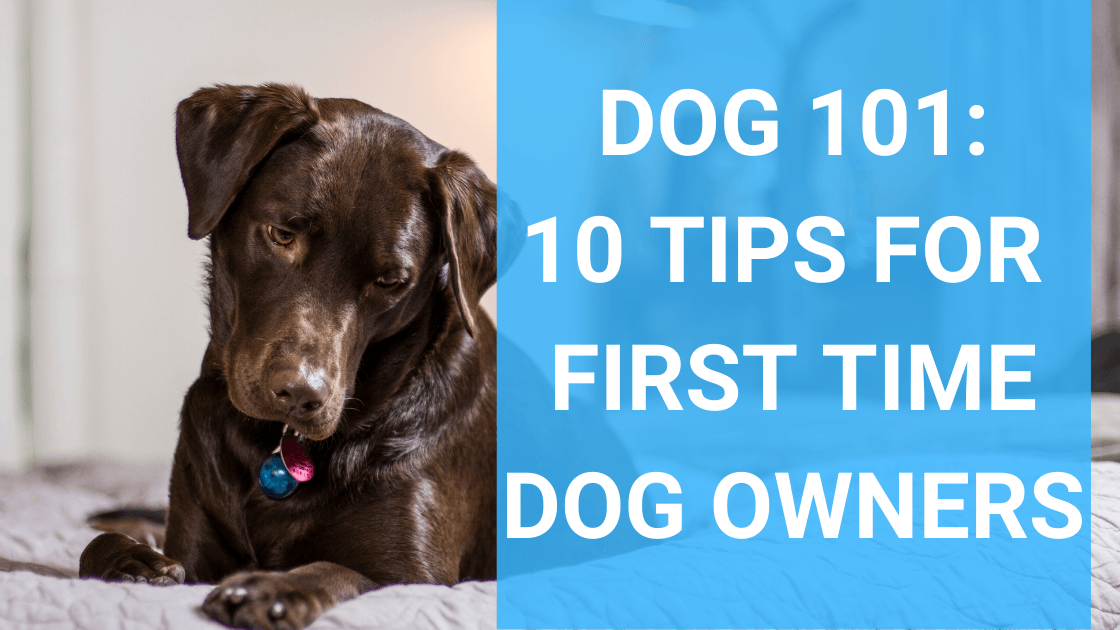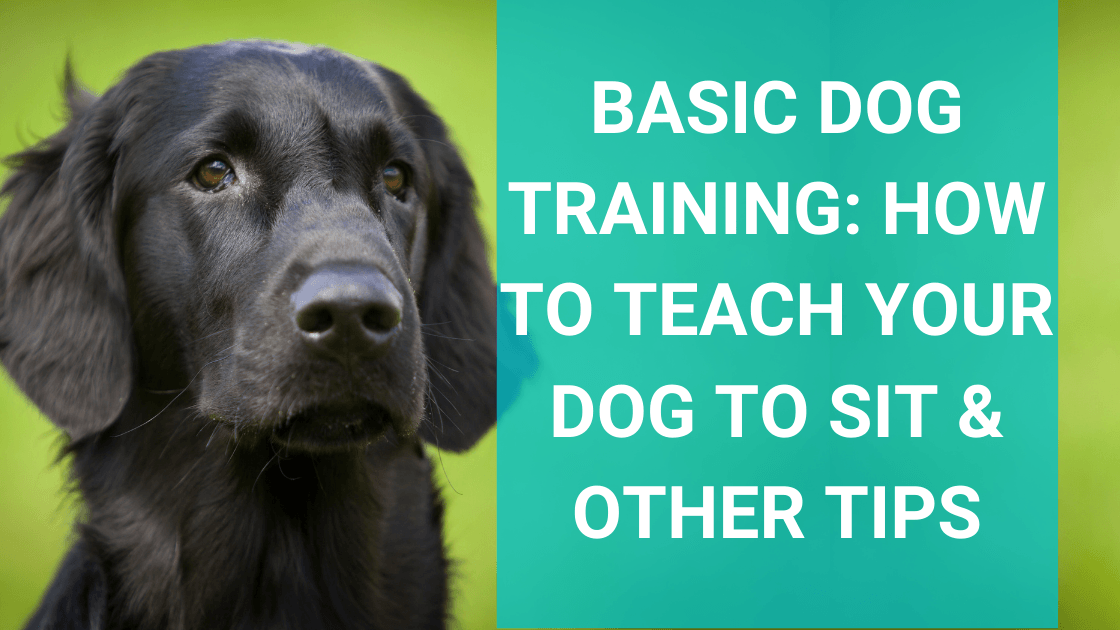If you’re here, I can bet you are ready to begin crate training an older dog. You’re wondering how to approach this, and if it’s even possible. Well, the good news is that it’s totally possible!
And really, crate training an older dog isn't that different from crate training a puppy. The principles of consistency and keeping things positive are going to be the pillars of your success.
The biggest difference when you’re working with an older dog is that it might take a little more time and patience, because there might be routines, bad habits, or even negative associations that need undoing.
Here we’ll cover the why behind crate training older dog, times you might consider introducing a crate with an older dog, and the tips and advice you need to get it done.
Some common reasons for crating an older dog
Usually when people ask us about crate training an older dog, there are one of three scenarios in play. Let’s take a quick look at some of the most common reasons people are looking for info about crating their adult dog.
1. A newly adopted or rescued adult dog
With adoption becoming a more and more popular option for families (yay!), many of us are faced with questions about how to crate train our adopted adult dogs. First of all, I’m so glad you’re deciding to crate train!
Crate training comes with a wide range of benefits including:
- Easier house training
- Safety for your dog
- Providing a safe haven
- Routine and predictability
- A place to mentally decompress
When you look at those benefits, it should be an easy decision that this is a great approach when a rescue dog joins your family. Adult dogs that are coming from an unknown past will benefit from the safe, positive space that their crate provides.
With adopted dogs it is important to remember they may have a negative association with a crate in their past. It’s always possible that their crate was used for punishment, neglect, or abuse.
We’ll get into this more below, but you can still succeed with crate training, and it can still benefit your dog! It’s just going to take more time and patience.
2. An older dog with sudden behavior issues
Another reason owners introduce a crate to their older dpg is when your older dog suddenly exhibits behavior issues. You might be seeing accidents in the house, destructive chewing, aggressive behavior or anything in between.
If you are experiencing unwanted behaviors, crate training can really help keep them at bay. If your dog is crated, they can’t destructively chew or soil in the house out of spite. On the flip side, the crate might even provide them with a safe space to go to if they are feeling uncomfortable with a new baby or new pet that’s joined the family.
The big thing to be aware of if this is your situation––you need to get to the bottom of their behavior! Crate training may be an important step in mitigating the issues, but whenever there’s a sudden change in your dog it’s a good idea to check in with your vet and dig a little to figure out what might be causing the issue in the first place.
For more info and tips about this, check out Older Dog Suddenly Chewing? Here’s What it Means and What to Do About it!
3. An older dog whose health is declining
The third most common scenario is a family dog that has declining health. It may no longer be safe for your dog to be loose in the house when you aren’t there. Crating your older dog can keep them safe from things like falls, getting stuck somewhere, not being able to get to their water, or any number of issues depending on your dog’s diagnosis.
Just like in the other scenarios, you’ll need to keep it super positive and consistent. When our dogs don’t feel well they are often scare and more prone to separation anxiety, so creating a sense of positivity around the crate is key.
Related Reading: Caring for your Senior Dog
How to crate train an adult dog
- Introduce a crate that is large enough for your dog to turn around and lie down comfortably, but isn’t too big
- If chewing and soiling aren’t and issue, make their crate a cozy and comfortable spot for them to spend their time
- Begin by having them around their crate with the door open. Fix the door in such a way that it cannot be closed
- See how your adult dog acts around the crate. If you have a newly adopted adult dog, you may find that they are familiar with the crate and go right in! Amazing.
- If you see apprehension or avoidance, start to entice your dog towards the crate. Put treats inside the crate and when they are in their pet them and give lots of praise and positive attention
- Continue to leave treats in the crate, anytime your dog willingly goes into the crate unprompted (even to get treats) give praise and affection
- Start to associate going into the crate with a consistent word(s) that you can use as a command. This might just be crate or other use words like spot, bed, house, etc.
- Once your dog is comfortable and willingly going into their crate on their own (or with minimal bribing) close the door for a short period of time while you are home and even in eye shot
- The duration will depend on your dog and how well this is all going. For dogs with significant negative connotations with crates this might be a few minutes. For dogs that aren’t as bothered by the new idea of a crate, try 20-30 minutes for the first experience
- Over a few days, build up their time in the crate with you home, then try leaving your house. The first time you leave your house with your adult dog crated, aim to be gone for only 20-30 minutes. This way you build a sense of trust that you are definitely coming back. This is especially important with newly adopted or rescued dogs
- With consistency, your dog will adjust to being left in their crate while you are out. Ideally, your dog should never be in their crate during the day for more than 4-6 hours
Head here for step-by-step advice for crate training puppies
A few other tips related to crate training your adult dog
- Always make sure your dog’s physical and mental needs are met before putting them in the crate
- If your dog has lived a life with you un-crated, be aware that they’re used to free access to the water bowl all day. This is a big change for them. Try to encourage your dog to drink water before going in the crate
- Adding chew toys, a favorite bed, and extra treats will make the experience more positive
- If you have a dog with severe separation anxiety or a clear issue with crates (most common in adopted dogs) you may need to consult a professional trainer
And because we’re on the topic, don’t miss these other helpful articles and resources:
- 8 Tips for Training an Older Dog
- Adopting an Adult Dog: Tips, Benefits and More
- Complete Guide for Large Dog Owners
Do you have a question or tip to add to the list? We’d love to hear from you in the comments below!



